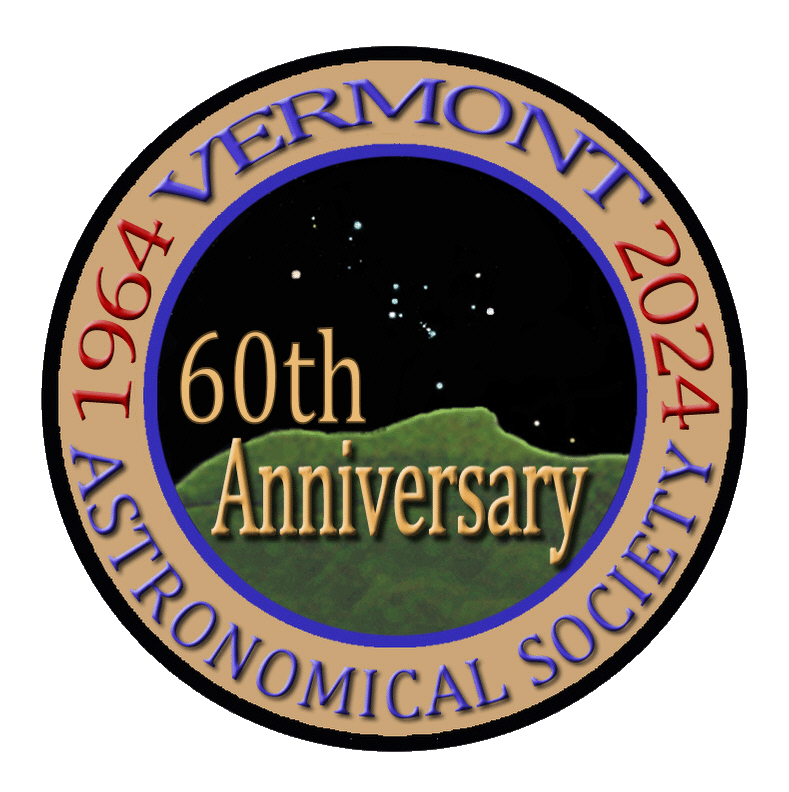Hi all, one of the images I captured at the Winter Star Party. This is taking with a TEC140 with field flattener at about 1036mm. I used an ASI6200MM monochrome camera and Chroma 3nm Ha and OIII filters. I blended into 3 channels but the OIII is very prominent in the data as you can see. I did unguided imaging for all of my imaging at the Winter Star Party. The Ha images were 15 minutes and OIII 10 minutes, all unguided. I first modeled the path of the object across the sky using what Astro-Physics calls a DEC arc model. It generates a model that will account for telescope and mount flexure, polar alignment inaccuracies, and sky refraction. I didn't throw any subframes away. I do note I have some sensor tilt I need to adjust out but it doesn't show in this crop.
You can see a bigger version here: https://pbase.com/theresamarie1/image/173430564
Best,
Terri
Beautiful image, Terri!
Welcome back to snow-land. Hope you had a great time and enjoyed the dark skies with good seeing!
Greg
Hi Terri, Yes, welcome back and great image. I checked out your full res version. Great detail in the core region.
10 and 15 minute subs at 1036mm f.l. Unguided!!! An example of what high-end equipment in experienced hands can do. Maybe someday I'll upgrade from my Atas EG-G mount but from what I'm seeing for mounts I would have to spend about as much as I have on my whole observatory deck to get something enough better to bother with.
@terri Terri this is the most beautiful depiction of this object that I’ve seen. Really terrific! I was baffled in reading no autoguiding with such long subexposures, but then I thought.. she has pretty nice equipment 😉
@terri Terri this is the most beautiful depiction of this object that I’ve seen. Really terrific! I was baffled in reading no autoguiding with such long subexposures, but then I thought.. she has pretty nice equipment 😉
Thank you Maura, I really appreciate it. I am surprised at the detail and expect it has something to do with the new cameras and processing software available.. While I didn't have to guide, I did have to put together a model of the sky in the arc that the object would go through. It's a different process. I'm still on the fence as to whether I'll do this all the time or not.
Terri
When you say put it in the arc is that sort of like plate-solving?
Hi Maura, it is. I decide what arc of the sky I'll be able to image the object that night. It's usually in hour angle. So I might be able to image Orion's belt 30 minutes before the meridian and 3 hours past. So I'll define a bunch of measurement points at the objects declination -7 deg 11' and plus and minus one degree. Then in azimuth I'll do points say every 5 degrees in that 3 hours and 30 minutes. The software will then take a quick image at each of those points and do a plate solve. The difference between the sky atlas and the actual plate solve goes into the model. It then does some smoothing and best fit for all of the data and continually updates the mount pointing so that I don't need to guide. It is taking me about 20 minutes to do a model for a 3.5 hour arc before I could start imaging. The good thing is that it doesn't have to be 'imaging level' dark before our cameras can pick up stars in images. So this can be done in twilight. But if you were going to do a second object later in the night, you'd have to take that 20 minutes to create a model to represent the new object's position.
I hope that helps makes sense of what's going on.
Terri
@terri Do you use software specific to the mount, Terri, or something else to set up the model?
Wow, 20 minutes to get all that set up is amazing. For what you're able to do, that's a real bargain!
Greg
@terri Do you use software specific to the mount, Terri, or something else to set up the model?
Wow, 20 minutes to get all that set up is amazing. For what you're able to do, that's a real bargain!
Greg
This is Astro Physics specific software. I don't know if anyone else does DEC ARC modeling. Most (software Bisque, some others) only do all-sky models which usually only make sense for mounts that are fixed. It takes a lot longer to do an all sky model.
Terri
An update to my stars.. I noticed lots of artifacts in my original RGB stars due to using bin2 to capture them. I needed to go back and drizzle the stars to get them round again, and then recovered some star color in the middle of stars with a little processing before screening them back in. They look almost too perfect. Going to play around with a few more color variations.
Are you referring to the very small pointy projections coming from some of the stars, Terri?
Greg
Are you referring to the very small pointy projections coming from some of the stars, Terri?
Greg
I hope you're referring to the original image, but yes, there were some of those kinds of artifacts as well as others. The stars were undersampled, so going through the drizzle process and 2X them to match the Ha and OIII helps. I also, mistakenly, drizzled a couple of colors at 1X and that actually rounds the stars out as well. But I went back and 2X'd them all as I needed the image to match the overall size of the others.
Terri
@terri Yes, sorry Terri! I was looking at the original image. 😀 I don't see those artifacts in the updated image.
Greg

